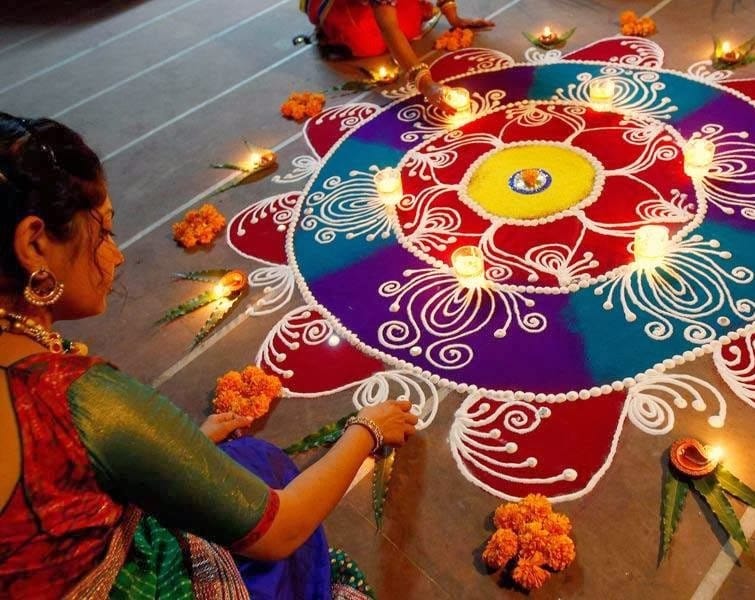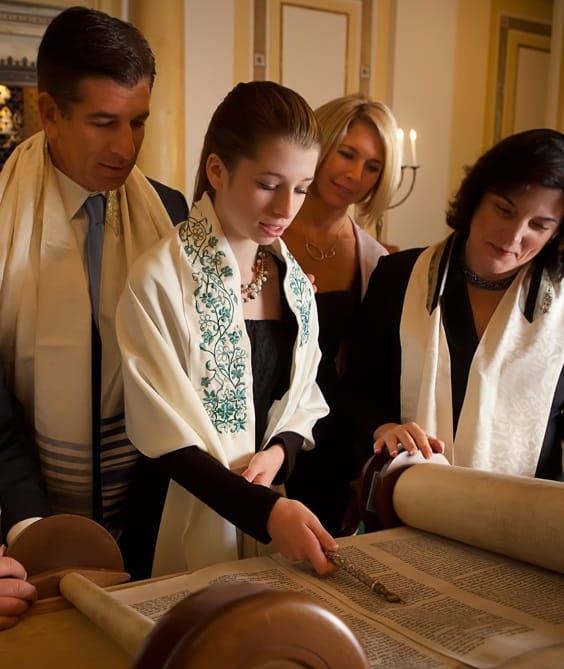Rituals and Alternative Ceremonies

When you think of spiritual rituals, you likely picture large-scale events that require a great deal of time and effort, right? Although there are some specific ceremonies that do require complex planning, the vast majority of rituals are not overly complicated. In fact, there are many simple and meaningful rituals that you can complete as a ULC minister.
Rituals 101
How do you define a ritual? It's a tough question. Does the presence of candles, incense, prayers, and/or chanting make something a ritual? Disagreement abounds. While individuals may have different ideas of what exactly constitutes a ritual, it can generally be described as a ceremony to signify a major event: marriages, coming of age ceremonies, births, deaths, and religious holidays are all good examples. Other events like Advent season or the coming of a new moon are often marked with a ritual ceremony. Note: many rituals make use of religious symbols or parables for added significance.
Rituals can be broken up into two main categories: outcome-based and observance-based. Rituals that are outcome-based are carried out with the goal of achieving a particular outcome, such as marking a newfound commitment to a religion. An observance-based ritual, on the other hand, highlights a specific event -- such as a new moon or a religious anniversary -- with no express purpose other than to celebrate the event itself.
How to Perform an Outcome-Based Ritual

Typically, this type of ceremony follows a narrative framework, which includes a logical beginning, middle, and end. Below, we have compiled a short guide to follow. While the framework we present can be used for almost any ritual, this guide is especially tailored to outcome-based rituals. If you have a particular event that you are planning and require a minister, you can use the Find a Minister tool on Get Ordained™ to look for someone that can assist you for your specific needs.
Our ministers often find it helpful to incorporate a sacred story, myth, or cultural narrative into a ritual to enhance the experience for all involved. If you are feeling stuck in the planning phase, try searching for related stories and incorporate them into the ceremony.
An Example Ritual Structure
Below we have provided a basic ritual framework that many of our ministers use when planning and performing ceremonies. This structure can be applied to both outcome-based rituals and observance rituals, though it should be noted that the framework aligns best with the former.
- Specify what the ritual's purpose is: Start the ceremony with a few words on why it is being held in the first place. Make sure the spiritual significance of this event is clear.
- Say a prayer: This step is entirely optional, but some ministers find that saying a formal or informal prayer can be a helpful jumping-off point. One could take this time to ask God (or any spiritual being) for the blessing of all those involved in the ritual.
- Emphasize your desired transformation: Participants may share words on how they expect things to change because of this ceremony, while also acknowledging the change about to take place.
- Perform transformational aspect of the ritual: It's the moment everyone's been waiting for. When performing the climactic part of the ceremony, slow your speech and make your movements deliberate. At this point you should convey to all those present exactly what is transforming. This can be accomplished through a mix of symbols, actions, and recitation.
- The ritual's close: Take this time to thank whatever spiritual being you spoke to at the outset. Bring the ritual to a peaceful and uplifting end.
Still a little lost? That's okay. Below we've included a clear example of how this model might be implemented.
A House Blessing: Explained

A house blessing is an ancient ritual performed when moving into a new living space. Its purpose is to transform a foreign space into an area of peace to call one's own -- turning a house into a home. The ceremony is typically performed right before or right after one moves into the space, but can be done at any time.
In preparation, the minister typically speaks directly with the new household to understand what their expectations are for the ritual. This conversation can cover anything from aspects that they want included in the ceremony to concerns they might have about living in the new space. If the household is of a particular faith or spiritual group, you might ask about incorporating bits of that belief system into the ritual to deepen its meaning. Below we have included example prayers and actions, but you should always tailor your ritual to the specific wishes of the household.
To begin, gather a few scoops of earth and arrange in an attractive and presentable dish. The dish should ideally be small enough to fit in your hands. Next, you will need a broom and a bouquet of freshly picked flowers; in most cases one should try to make sure the broom is new and unused and the flowers should be local.
At the start of the house blessing, all those who will be living in the new space will gather together. Explain that the intent of the ceremony is to bring a distinct sense of peace and comfortability to the home. Next, take the broom and gently sweep the floor of the new home. Instruct members of the household to do the same. It is not required that you clean the floor completely with the broom -- this more of a symbolic action.
Next, you should carry the bowl that you have prepared around to each room of the new home. Allow each household member to take turns carrying the bowl. In doing so, the blessings of the earth are spread all throughout the home. Once this has been done, everyone involved in the ritual follows as the bowl is taken to the nearest outside door. They will then return the local earth to the ground. This is representative of step four in the outline.
To conclude the ceremony, place the fresh bouquet of flowers in a vase. This vase will be positioned in a high-traffic area of the home, such as the kitchen. It is important that these flowers are visible to everyone. This step correlates with step five of the outline above. At this point, the ritual has accomplished the goal of blessing the home for the new household. A final prayer can then be said.
Practice Makes Perfect
Doing your first ritual can seem a daunting task, but following our outline will help to simplify things. Once you gain some experience performing rituals such as the one listed above, you will gradually begin to feel more comfortable and confident. With practice, even the most complex of rituals can be performed with ease.